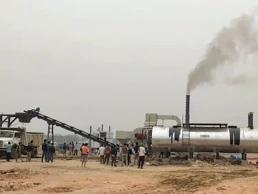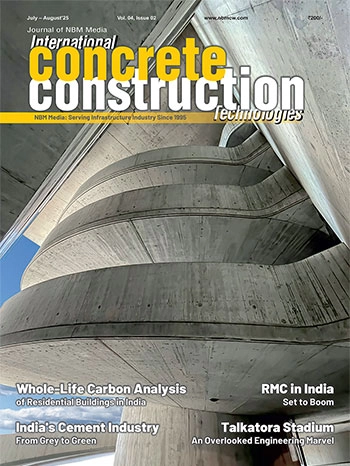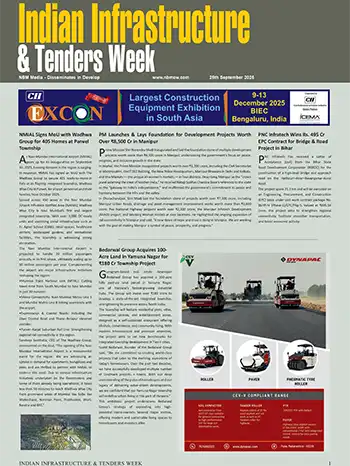Rutting Resistance of Asphalt Mixtures & Bitumen Layers
Introduction
Rutting (permanent deformation) is one of the most common and severe modes of distress that occurs on asphalt pavements. The rutting phenomenon in the bitumen layers appears as “longitudinal surface depression in the wheel path” due to the combined effect of densification and shear flow (i.e., shear failure) under the traffic loads. Rutting significantly impacts riding quality and road safety, leading to hydroplaning and a high potential for traffic accidents. Notably, rutting in asphalt mixes accelerates, particularly when the pavement structure is subjected to high service temperatures, heavy loading (overloading), and slow-moving traffic conditions. The rutting mechanism in the asphalt pavement is illustrated in Figure 1. Moreover, various factors such as aggregate characteristics (aggregate source, shape, size, aggregate type and gradation), bitumen type (unmodified and modified), mix type (dense-graded, gap-graded), and mix properties (binder content, air voids, voids in mineral aggregates (VMA), voids filled with bitumen (VFB)) have strong influence on the rutting performance of asphalt mixtures. Therefore, a thorough understanding of the mechanical behaviour and performance properties of asphalt mixtures is essential for ensuring the longevity and performance of road pavements.

























































